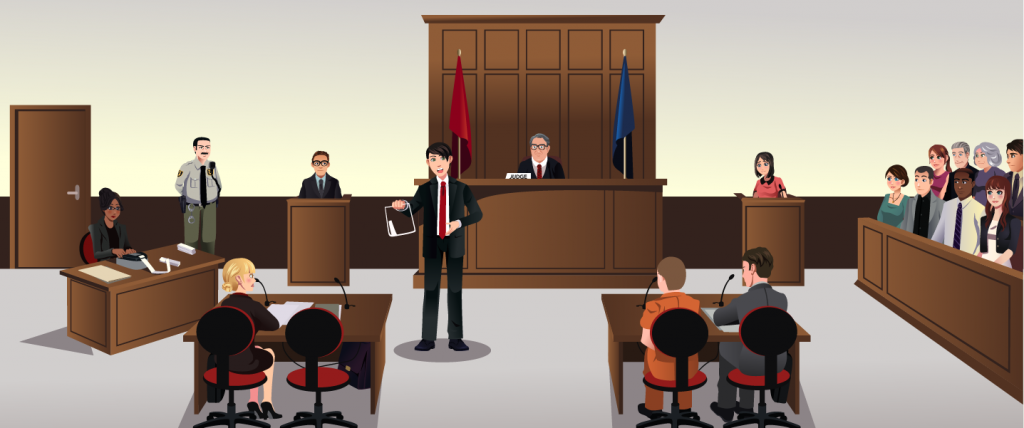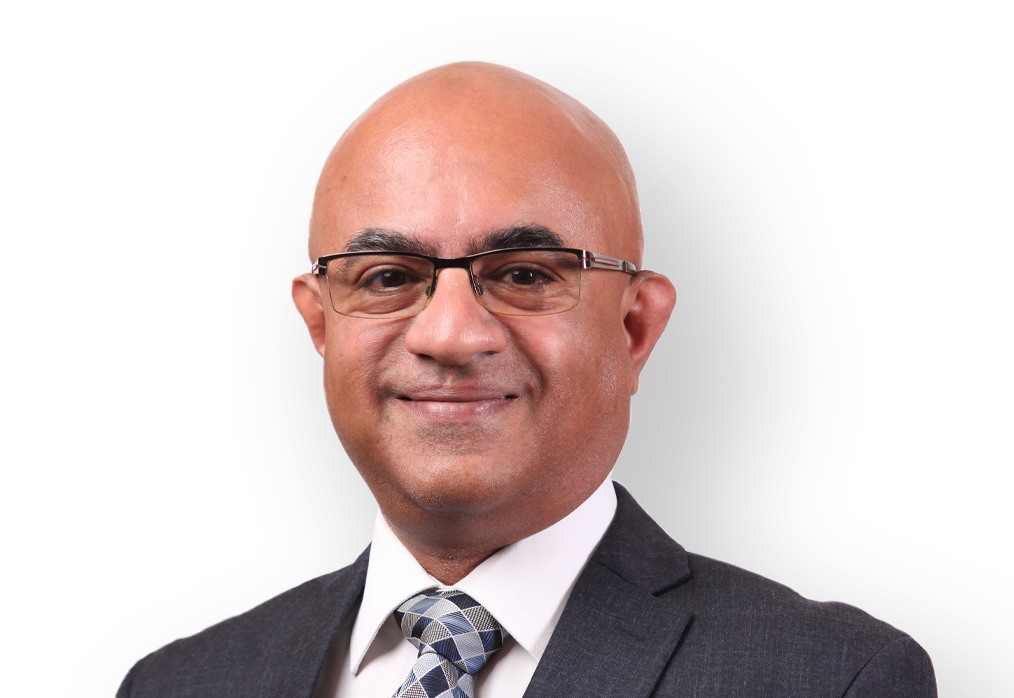Insights
Supreme Court judgment in BGS SGS Soma JV Case
January 17, 2020Roscoe Pound, a famous jurist and dean of Harvard Law School from 1916 to 1936, once said, “The law must be stable, and yet it cannot stand still.” However, bridging that gap (with deference to established canons of judicial discipline and propriety) continues to remain a challenge.
A case in point is the recent decision of a three Judge Bench of the Supreme Court of India in BGS SGS Soma JV vs. NHPC Ltd. [2019 SCC Online SC 1585] that the ‘venue’ of arbitration designated in the arbitration agreement between the parties is really the ‘seat’ of the arbitral proceedings.

This judgment over-rules (purportedly) an earlier judgment of a co-ordinate Bench of the Supreme Court in Union of India vs. Hardy Exploration and Production (India) Inc. [2018 SCC Online SC 1640] which held that unless there was an expression of an opinion or determination, the word place/venue does not ipso facto assume the status of seat. The Supreme Court in BGS held that the judgment in Hardy Exploration (supra) cannot be considered ‘good law’ on the reasoning that it is contrary to the Five Judge Bench judgment in Bharat Aluminium Co. (BALCO) vs. Kaiser Aluminium Technical Service, NC. [(2012) 9 SCC 552].
Read More+
The merits of the BGS judgment aside, a crucial question that arises is whether it’s declaration of law is itself good law, when viewed through the prism of oft-cited principles of stare decisis and law of precedents. A reference to certain previous rulings of the Supreme Court is quite instructive in this regard.
In Central Board of Dawoodi Bohra Community and another vs. State of Maharashtra and another [2005) 2 SCC 673], a five Judge Bench of the Supreme Court was seized of the issue, whether a petition seeking re-consideration of an earlier Constitution Bench of the Court (with Bench strength of 5 Judges) should necessarily be heard by a seven Judge Bench in the first instance. The judgment, authored by Chief Justice R.C. Lahoti, referred to several prior judgments of the Court and ultimately held that the matter should be placed for hearing before a Constitution Bench of five Judges who would then decide whether it should be placed before a larger Bench.
Pertinently, the Constitution Bench held that the law laid down by the Court in a decision delivered by a Bench of larger strength is binding on any subsequent Bench of lesser or coequal strength. It further held that it will be open only for a Bench of coequal strength to express an opinion doubting the correctness of the view taken by the earlier Bench of coequal strength, pursuant to which the matter may be placed by the Chief Justice before a Bench consisting of a quorum larger than the one which passed the earlier judgment.
The Dawoodi Bohra judgment (supra) provided for two exceptions to the above rules, namely that:
(i) the above rules did not affect the discretion of the Chief Justice to direct any particular matter to be placed before any particular Bench of any strength; and
(ii) where the matter had already come up for hearing before a Bench of larger quorum and that Bench was of the view that the law laid down by a Bench of lesser quorum needed correction or reconsideration, then by way of exception (and not as a rule) and for reasons given by it, it could dispense with the need for a specific reference and decide the case.
It is evident from the record that these twin exceptions did not arise in the BGS case. However, the Bench which delivered the BGS judgment did not adopt the course of action laid down in the Dawoodi Bohra judgement (supra) and other similar rulings and instead took it upon itself to overrule Hardy Exploration (supra).
The principles of precedential propriety draw their sustenance from self-imposed notions of judicial discipline which have been emphasized time and again by the Apex Court. In Union of India vs. Raghubir Singh [(1989) 2 SCC 754], Chief Justice Pathak reaffirmed the doctrine of binding precedents and held that it promoted certainty and consistency in judicial decisions and enabled organic development of law. Further, in Pradeep Chandra Parihar vs. Pramod Chandra Patnaik [(2002) 1 SCC 1], the Court held, on the anvil of “judicial discipline and propriety”, that it is only a Bench of the same quorum which can question the correctness of a decision by a co-ordinate Bench in which case the matter should be placed before a larger Bench.
Certain other judgments also merit mention for the reason that at least two of the Hon’ble Judges, who formed part of the Bench which passed the BGS judgment, have endorsed these principles previously. These judgements are:
A. Mohd. Arif alias Ashfaq vs. Registrar, Supreme Court of India and others [(2014) 9 SCC 737] – A five Judge Bench referred to an earlier Constitution Bench judgment in P.N. Eswara Iyer vs. Registrar, Supreme Court of India [(1980) 4 SCC 680] and held (in para 12) that the said judgment, being a judgment of a co-ordinate Bench, was binding on the Bench.
B. Madras Bar Association vs. Union of India and another [(2015) 8 SCC 583] – A five Judge Bench, dealing with a challenge to the constitutional validity of certain provisions of the Companies Act, 2013, adverted to its earlier ruling in Union of India vs. Madras Bar Association [(2010) 11 SCC 1] and held (in para 17) that since the said ruling was of a Constitution Bench of co-ordinate strength, it was binding on the later constituted Bench.
C. Hindustan Motors Ltd. Vs. National Insurance Co. Ltd. [2009 SCC Online Cal 528] – A Full Bench of the Calcutta High Court, consisting of three Judges who are, at present, sitting or retired Judges of the Apex Court, held that a Division Bench of the High Court could not have expressed a final opinion and thereafter made a reference to the larger Bench; in fact, the proper course for the Division Bench was to express its prima facie/tentative opinion as to why it was not possible to follow the view of the earlier Division Benches and then make a reference on the basis that the earlier decision needs to be reconsidered.
That this issue is not one of form, but of real substance, was noticed by the Supreme Court in Sundeep Kumar Banda vs. State of Maharashtra and another [(2014) 16 SCC 623], where, the Court noted that a decision or judgment can also be per incuriam if it is not possible to reconcile its ratio with that of a previously pronounced judgment of a co-equal or larger Bench. The Court was of the view that where two or more irreconcilable decisions of the Supreme Court are cited at the Bar before the High Courts, the ‘inviolable’ recourse is to apply the earliest view as the succeeding ones would fall in the category of per incuriam.
Therefore, the proper course of action for the Bench which passed the BGS judgment would have been to express its disagreement with the Hardy Exploration judgment (supra) and request for a reference to a larger Bench.
Incidentally, a similar controversy was witnessed in 2018 when a three Judge Bench held in Indore Development Authority vs. Shailendra (dead) through legal representatives and others [(2018) 3 SCC 412] that a 2014 judgment in Pune Municipal Corporation and another vs. Harakchand Misirimal Solanki and others [(2014) 3 SCC 183], also by a three Judge Bench, was per incuriam. This piquant situation was finally laid to rest by the then Chief Justice of India who referred the matter to a five Judge Constitution Bench.
The author believes that the earnest endeavor of the Bench in the BGS judgment to declare the ‘correct law’ on the venue-seat issue notwithstanding, the precedential value of this judgment is problematic and open for debate.
Read Less-
The author is a Partner at Shardul Amarchand Mangaldas & Co. He specialises in the Dispute Resolution and Litigation Practice.
Disclaimer: The content of this article is intended to provide a general guide to the subject matter. Specialist advice should be sought about your specific circumstances. Further, the views in this article are the personal views of the author.

